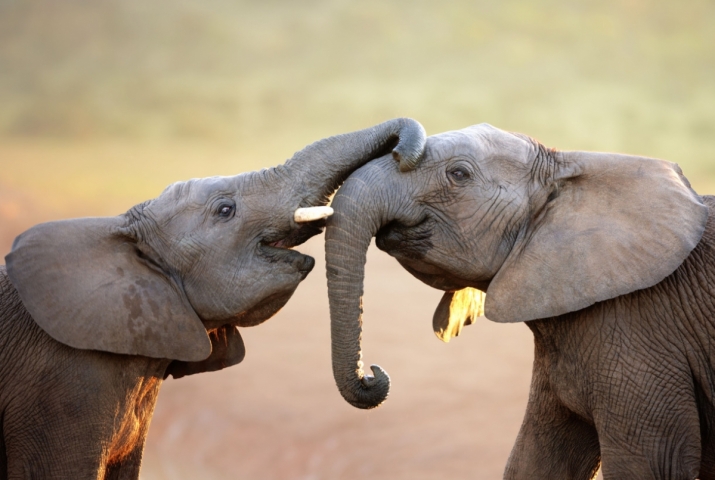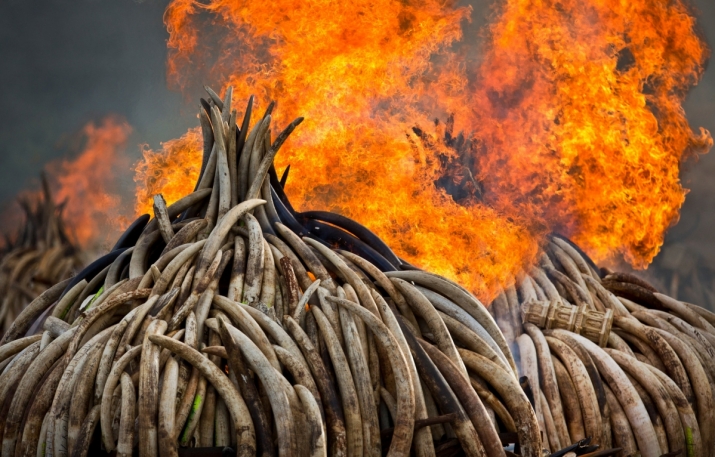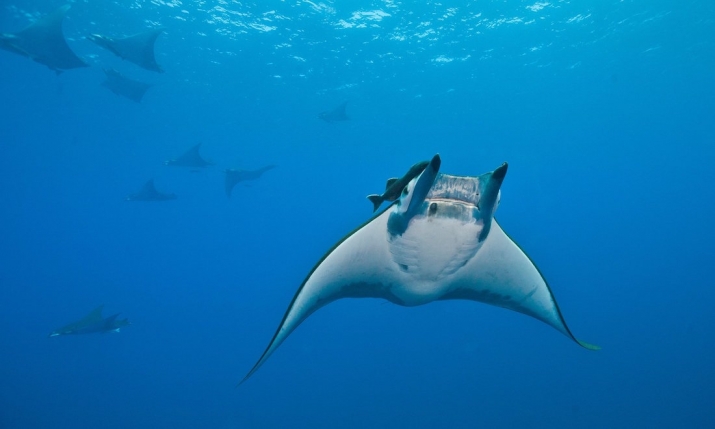NEWS
CITES Summit Boosts Wildlife Protection Measures
 From humanesociety.org
From humanesociety.orgAfter almost two weeks of intense talks, the 17th Conference of the Parties to the Convention on International Trade in Endangered Species (CoP17 CITES) concluded last week, with CITES secretary-general John Scanlon describing the meeting as “a game changer that will be remembered as a point in history when the tide turned in favor of ensuring the survival of our most vulnerable wildlife.” (CITES)
CITES described the summit was the largest-ever meeting of its kind, attended by more than 3,500 delegates, with 152 governments taking decisions on 62 species-listing proposals submitted by 64 countries. Over the course of the conference, which ended a day early, delegates from 182 countries accepted 51 proposals to reform wildlife trade restrictions on hundreds of species. According to environmentalists, the illegal animal trade is particularly lucrative one, generating up to US$23 billion globally each year.
“Protection of endangered species is paramount when it comes to preserving our natural heritage,” said Erik Solheim, executive director of the United Nations Environment Programme. “The CITES conference saw a strong desire from countries to ensure that we are mounting a defense for plants and animals, big and small. Illegal trade of everything from the helmeted hornbill to the hundreds of species of rosewood severely damages our planet, and it’s only through the international cooperation we’ve seen under CITES that we can prevent it.”
The conference saw agreement on a range of measures to improve sustainable trade in several animal species and a large number of timber species, including the queen conch, humphead wrasse, sharks, and snakes.
 In April this year, Kenya burned a stockpile of ivory worth US$100 million, most of which was destined for the Asian market, dominated by China. From nytimes.com
In April this year, Kenya burned a stockpile of ivory worth US$100 million, most of which was destined for the Asian market, dominated by China. From nytimes.comOne of the hottest topics at the summit was that of elephants and the international trade in ivory. A coalition of 29 African countries had called for all African elephants to be included under the highest category of CITES protection, however the bid was rejected after a heated debate and objections from three southern African countries, which requested to be allowed to resume a legal trade in ivory on the grounds that the revenue could be used to fund conservation work. In the end, a unanimous resolution was passed calling for the closure of all domestic ivory markets “that contribute to illegal trade and poaching.” (The Guardian)
Poaching has decimated the world’s population of African elephants, from 1.2 million in 1980 to around 415,000 that exist in the wild today. An estimated 27,000 African elephants are poached each year for their ivory—or one every 15 minutes. Conservationists insist that only a total ban can effectively address the extensive illegal trade that is critically endangering the world’s elephant population. A trade ban was also reaffirmed on rhino horns, despite a call from Swaziland that it be permitted to sell the horns.
“The conference has ended with the best possible result for the elephants,” said Arnulf Köhncke of the World Wildlife Fund. “It’s now up to the states to implement the decisions. If they succeed, it would be a really important step in the fight against poaching.” (Deutsche Welle)
The convention also called for cooperation from China, Mexico, and the United States to block the trade in totoaba, which Mexican fishermen poach for the Asian market. In the process of catching the fish, the vaquita, the world’s smallest porpoise and the world’s most endangered cetacean, are caught in the nets and drown. Only 60 are believed to remain in the wild. Devil rays and silky sharks also benefited from additional safeguards introduced at the forum.
 Devil rays, which swim slowly in large groups, are very easy to catch. Their gill plates have become popular for use in traditional medicines in China. From theguardian.com
Devil rays, which swim slowly in large groups, are very easy to catch. Their gill plates have become popular for use in traditional medicines in China. From theguardian.comSeveral success stories were also recognized, including for the wood bison, the Cape mountain zebra, and several species of crocodiles. All were down-listed from Appendix I under Cites to Appendix II in acknowledgment of conservation successes.
“With 183 parties bound by the convention, CITES is the largest conservation agreement in existence,” said Adam Roberts, chief executive of Born Free USA. “This meeting represents a clear win for conservation overall—but much work remains.” (The Washington Post)
See more
CITES conference ends with push against wildlife trafficking (Deutsche Welle)
The seven big decisions made at the Cites global wildlife summit (The Guardian)
The world just agreed to the strongest protections ever for endangered animals (The Washington Post)
Largest ever World Wildlife Conference hailed as a ‘game changer’ (CITES)
Related
New Wildlife Reserve Could Help Save China’s Big Cats (Buddhistdoor Global)
Recognizing the Rights of Animals as Sentient Beings (Buddhistdoor Global)
Ecologists Criticize Hong Kong Buddhists for Releasing Horseshoe Crabs to their Death (Buddhistdoor Global)
Thailand’s “Tiger Temple” Refuses to Surrender Tigers (Buddhistdoor Global)
Euthanasia Rates Tumble at NYC Animal Shelters After New Initiatives (Buddhistdoor Global)
Rethinking Life Release (Buddhistdoor Global)














